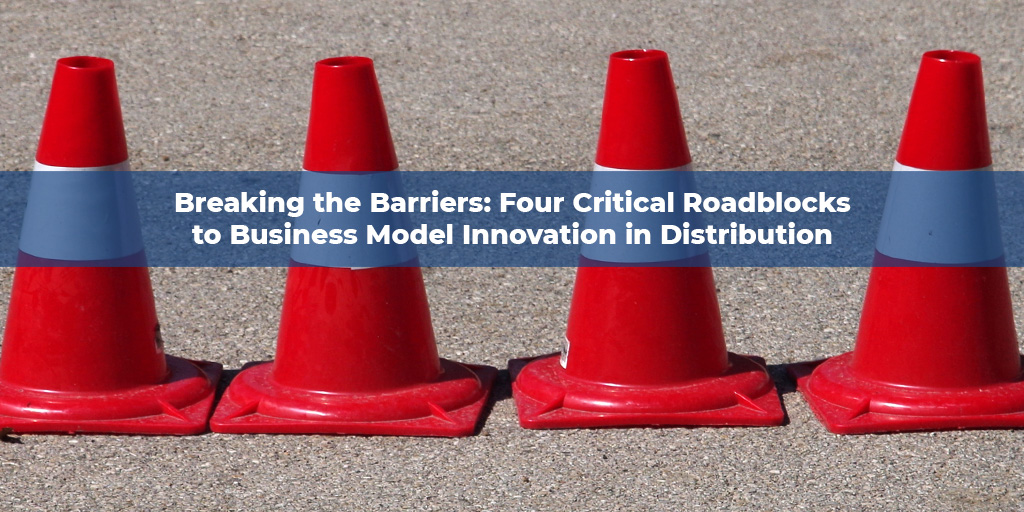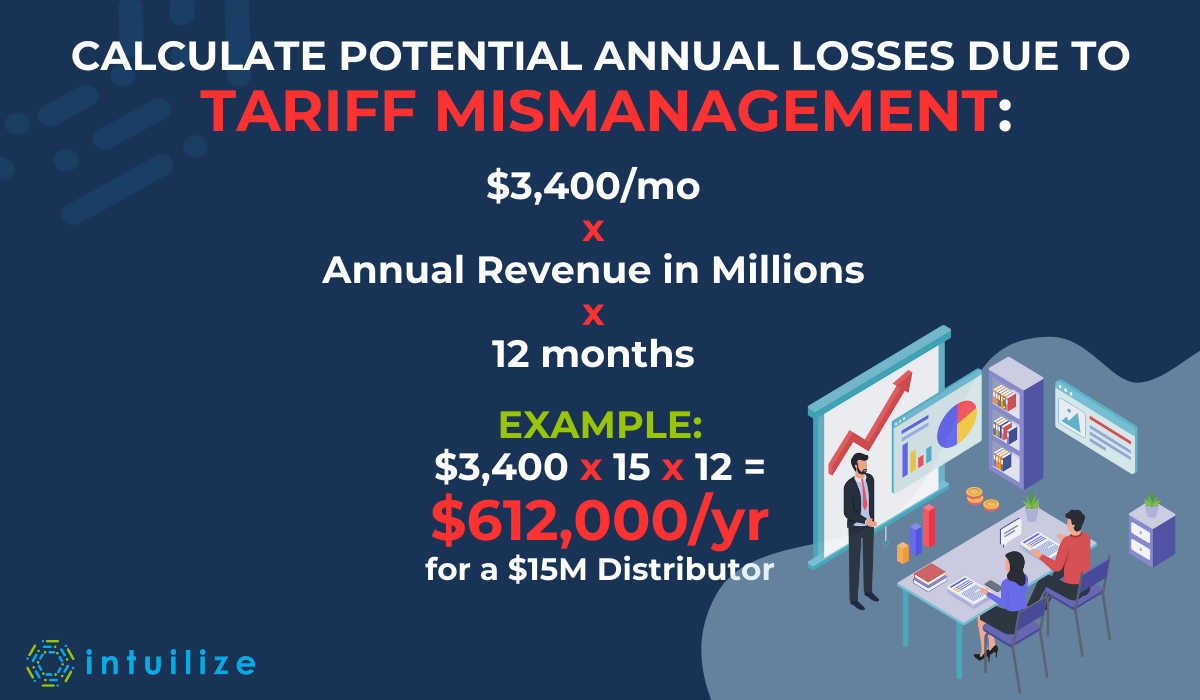
The volatile economic climate since 2020 has put distributors in a tough spot. As business activity slows in some areas, distributors are grappling with finding a new normal in supply planning with vendors. This involves resetting inventory models, which leads to supply chain issues and material shortages, creating tension between sales, procurement, and finance teams. This is a common challenge for distributors, and tackling it demands a proactive and agile approach across the business.
Understanding the Recovery Landscape
Recent economic indicators reveal a robust recovery. Jobless claims have reached their lowest in over a year, and cutting tool consumption—a strong predictor of metalworking and manufacturing activity—is rapidly accelerating. Business is booming, and distributors are feeling the pressure to meet surging demand, but with a significant challenge: materials are harder to come by.
Procurement teams report that manufacturers restrict order fulfillment to 80% of requested quantities. This leaves sales teams scrambling to meet customer demand with limited stock. The tension between sales and procurement is nothing new, but in times like these, the stakes are higher, and collaboration is more critical than ever.
Sales and Procurement: Bridging the Communication Gap
At the heart of the issue is communication—or rather, the lack of it. Sales teams often don’t relay critical updates to procurement about significant customer changes. For example, a major client might lose a contract, or, conversely, win a large new order. Without this information, procurement is left in the dark, unable to adjust orders accordingly, leading to either stockouts or overstock situations.
Both teams need to understand that they are part of the same operation and work toward the same goal. In order to succeed in this market environment, distributors must foster better communication between sales and procurement. Salespeople need to provide regular updates on account changes that could impact future purchasing needs, while procurement must stay agile, ready to pivot quickly in response to market shifts.
Agility: The Key to Thriving in a Rapidly Changing Market
Agility has become the key to success in today’s market. Distributors can no longer rely solely on their ERP systems and replenishment data to accurately forecast demand. The old models of doing business are no longer effective. Instead, companies need to embrace tools and technologies that help them anticipate demand fluctuations and navigate supply constraints.
This shift requires a fundamental change in mindset across both sales and procurement. Agility doesn’t just apply to procurement managing material scarcity; it extends to sales teams being flexible in responding to customer needs and changes in real-time. Both sides need to work together to ensure the business can thrive in this fast-moving environment.
Leveraging Technology for a Competitive Edge
One of the advantages of this recovery is the availability of advanced technologies that were not as widely used in previous recoveries. The rise of data analytics, AI, and machine learning can provide actionable insights into inventory management, demand forecasting, and even customer buying patterns—ultimately allowing distributors to make smarter decisions.
Distributors need to view these technologies as opportunities to optimize processes and free up personnel to focus on other, potentially neglected, areas of the business. In fact, embracing technology can lead to more efficient workflows, helping distributors manage the complexity of today’s market more effectively.
Moving Forward: Strategies for Sales Teams
For sales teams, the key to thriving in this recovery is recognizing that it won’t be business as usual for the foreseeable future. Flexibility and foresight are essential. By maintaining open lines of communication with procurement and leveraging technology, sales teams can better align their strategies with the realities of supply constraints.
Here are two essential strategies for sales teams during this recovery:
-
Embrace Real-Time Communication: Make it a priority to communicate with procurement about any significant changes with your accounts. Whether it’s a lost contract or a major new order, this information allows procurement to adjust purchasing strategies accordingly.
-
Use Technology to Forecast More Accurately: Leverage the power of modern technology to enhance your forecasting. Tools that incorporate real-time data and analytics can help predict shifts in demand, enabling sales teams to be more proactive rather than reactive.
Distribution AI Tools Are In Our Wheelhouse
Agility and real-time communication are key to overcoming supply chain challenges. Intuilize makes it easy for distributors to bridge the gap between sales and procurement with AI-powered solutions that optimize both pricing and inventory.
With just 7-10 hours of upfront setup, we handle the heavy lifting, and ongoing management takes only an hour a month. Here’s how Intuilize can help:
- Automated Price Optimization: Stay ahead of thousands of SKUs with automatic pricing adjustments.
- Inventory Management: Identify unhealthy stock and forecast demand in seconds.
- Easy Integration: Works with Epicor, Microsoft, and more.
Want to see it in action? Book a demo and discover how Intuilize can boost your margins!








